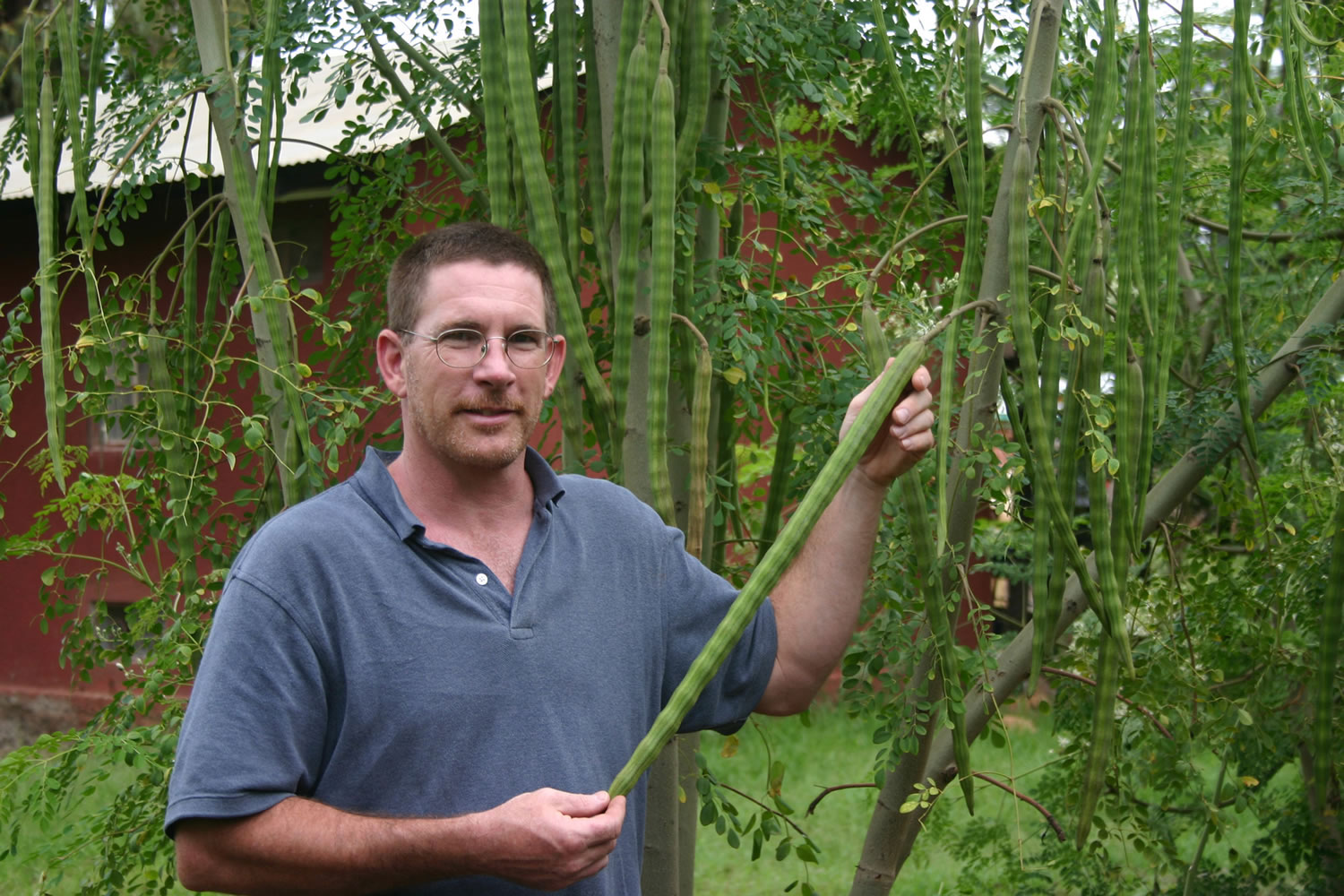The world is going to be hearing a lot about the moringa tree in years to come. A couple from Vancouver is helping the moringa earn its place in the spotlight.
Jeri and Rick Kemmer first learned about the moringa more than a decade ago, while training for a years-long mission trip to Africa. Rick directed a community development effort for the Church of God in Tanzania, while Jeri was the national director of a child sponsorship program there. They spent six years in Tanzania, sometimes traveling to villages so remote there were no roads, no pathways, no way to get there except by boat. They learned lots about native people’s cultures, lifestyles and vital needs.
Learn more at Strong Harvest International’s website.
Clean water and nutritious food were the primary needs. Rick was busy with small economic development projects — like distributing dairy camels and goats, he said — but what clearly had the most benefit for local folks was spreading information and seeds of the moringa, a versatile and hardy tropical native that grows quickly, flourishes in poor soil and packs a rich nutritional punch.
The tree is a native of the Himalayan foothillls of northwestern India, but it is spreading around the developing world as people discover its benefits and sturdiness.




